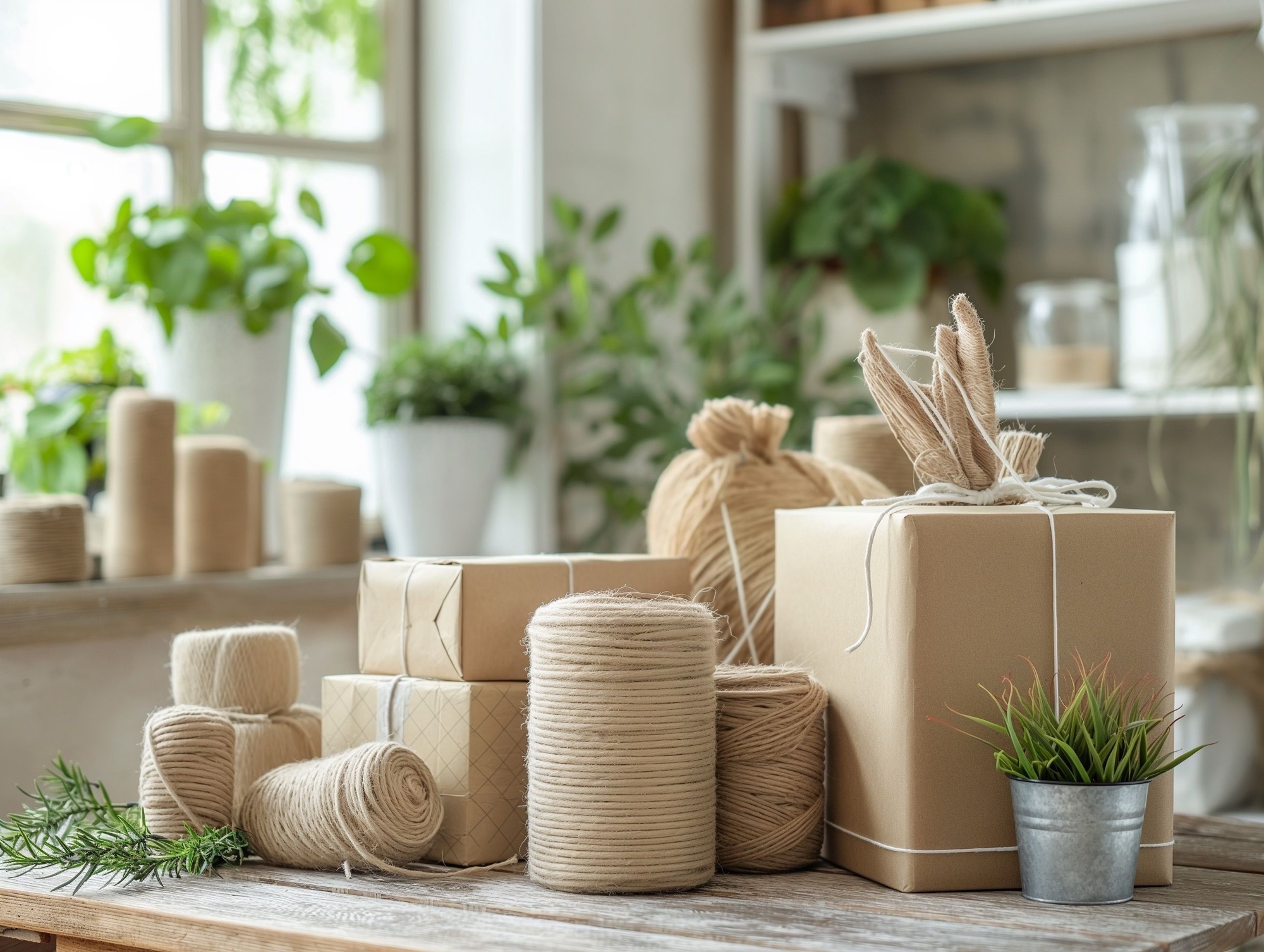
As concern over plastic pollution and unsustainable manufacturing grows, scientists and brands are racing to develop innovative eco-friendly materials. These innovative alternatives look to replace conventional plastics and textiles with renewable, biodegradable options that are kinder to the planet.
Plant-Based Plastics
Rather than deriving from fossil fuels, a new wave of bioplastics is made from plants and agricultural waste like corn, sugarcane, and cellulose. Polylactic acid (PLA) is a popular plant-based plastic used in food packaging, containers, and 3D printing filaments.
Other examples include bio-polyethylene made from sugarcane, and cellulose-based plastics created from cotton, wood pulp, and other fast-growing renewable crops. While they function similarly to traditional plastics, these plant versions are much more sustainable and compostable.
Recycled and Recyclable Plastics
Scientists are also developing new recycled plastic polymers with enhanced recyclability, like recyclable EPS (expanded polystyrene) foams used as insulation or cushioning. According to the experts at Epsilyte, standard EPS is notoriously difficult to recycle, but innovative chemical recycling processes can transform it into new usable materials.
Other exciting, recycled plastics include PBAT (polybutylene adipate terephthalate), made by breaking down existing water bottles and containers into new resins. These recycled and easily recyclable plastic alternatives help drastically cut plastic waste.
Mycelium Leather and Foam
The root network of mushrooms known as mycelium is being cultivated as a renewable base material for leather alternatives and biodegradable foams. Brands are growing mycelium into sheets that can be tanned and embossed into supple, durable faux leathers for shoes, bags, and apparel.
Companies can also process mycelium into a lightweight thermoset foam, which serves as a petroleum-free substitute for mattresses, packaging, and insulation foams. This low-energy fungal material is affordable, biodegradable and pulls CO2 out of the air as it grows.
Next-Gen Fabrics
A new crop of eco fabrics made from rapidly renewable plants and recycled plastics are propelling sustainability in textiles. Piñatex is a vegan leather woven entirely from pineapple leaf fibers that would otherwise be burned as agricultural waste.
Bananatex and Banalon convert banana plant stalks into soft textiles after harvesting. SeaBloom creates eco-yarns and textiles from kelp seaweed, bamboo, and recycled nylon. And Orange Fiber extracts cellulose from waste orange peels to spin into a silky, eco-friendly rayon.
Algae-Based Bioplastics
Algae could provide the solution to many eco-friendly plastic needs, replacing oil-based polymers with algae biopolymers. Fast-growing algae microorganisms can produce bioplastics like PHA (polyhydroxyalkanoates) that are non-toxic, biodegradable, and highly durable.
Ambitious brands are farming algae for biodegradable algae plastic shoes, handbags, packaging and more. Algae also absorbs planet-warming carbon as it grows, making it a carbon-negative material compared to conventional plastics.
Recycled Ocean Plastics
Many brands are cleaning up ocean pollution by recycling waterway plastics into new textiles, footwear, and accessories. These recycled ocean plastics help reduce landfill and ocean waste while creating durable recycled materials.
Scoby Leather and Fiber
The creation of scoby (symbiotic culture of bacteria and yeast) allows microbiologists to grow sustainable textiles similar to leather and cotton fabric. Cultivating microbial cellulose in eco-friendly vats means the resulting scoby sheets can be air-dried into a sturdy, leather-like textile.
Scoby fibers can also be spun into anti-bacterial yarns that rival cotton but require far less water and land. Leading brands are exploring applications ranging from scoby shoes and accessories to garments made from this fermenting fiber phenomenon.
Conclusion
The future of eco-friendlier materials is here, offering more sustainable alternatives across plastics, foams, fabrics, leathers and more. As scientists develop new ways to upcycle waste and harness nature’s raw materials, we’ll gain innovative tools for reducing planetary pollution. From biodegradable packaging peanuts to apparel made from fruit waste, green materials just make sense.